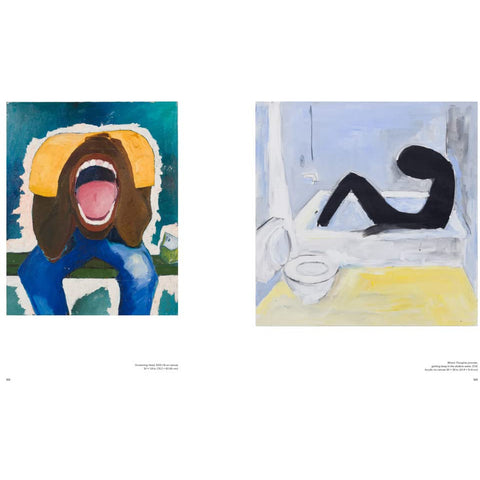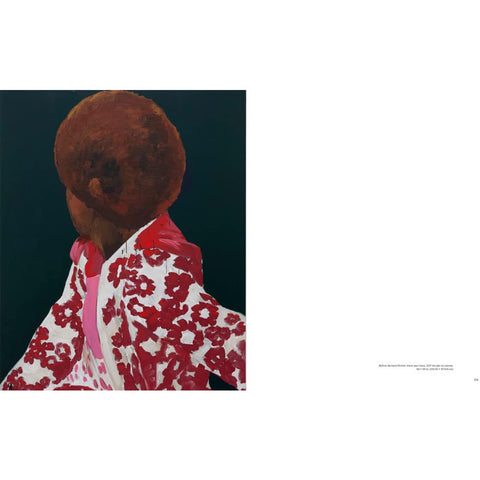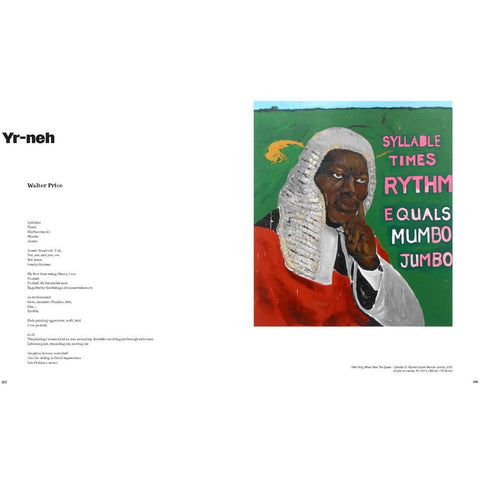INGRAM PUBLISHER SERVICES









Henry Taylor: B Side
$54.00
The official catalog accompanying the major retrospective at MoCA LA: Henry Taylor creates a grand pageant of contemporary Black life in America
Surveying 30 years of Henry Taylor’s work in painting, sculpture and installation, this comprehensive monograph celebrates a Los Angeles artist widely appreciated for his unique aesthetic, social vision and freewheeling experimentation. Taylor’s portraits and allegorical tableaux—populated by friends, family members, strangers on the street, athletic stars and entertainers—display flashes of familiarity in their seemingly brash compositions, which nonetheless linger in the imagination with uncanny detail. In his paintings on cigarette packs, cereal boxes and other found supports, Taylor brings his primary medium into the realm of common culture. Similarly, the artist’s installations often recode the forms and symbolisms of found materials (bleach bottles, push brooms) to play upon art historical tropes and modernism’s appropriations of African or African American culture. Taken together, the various strands of Taylor’s practice display a deep observation of Black life in America at the turn of the century, while also inviting a humanist fellowship that pushes outward from the particular.
Raised in Oxnard, California, Henry Taylor (born 1958) took art classes at Oxnard College in the 1980s and studied under James Jarvaise, who became a mentor. From 1984 through 1995 Henry Taylor worked as a psychiatric technician at Camarillo State Mental Hospital (a facility that is now California State University Channel Islands) while concurrently attending the California Institute of the Arts (CalArts) in Valencia, where he obtained his Bachelor’s of Fine Art degree in 1995. Taylor has had institutional solo exhibitions at MoMA PS1 and the Studio Museum in Harlem. He lives and works in Los Angeles.
By Bennett Simpson
Details
- Hardcover
- 237 pages, 9 x 1.5 x 11 inches
- Published 2022
THE LACMA Store
Located on the Pacific Rim, LACMA is the largest art museum in the western United States, with a collection of nearly 154,000 objects that illuminate 6,000 years of artistic expression across the globe. Committed to showcasing a multitude of art histories, LACMA exhibits and interprets works of art from new and unexpected points of view that are informed by the region’s rich cultural heritage and diverse population. LACMA’s spirit of experimentation is reflected in its work with artists, technologists, and thought leaders as well as in its regional, national, and global partnerships to share collections and programs, create pioneering initiatives, and engage new audiences.
The LACMA Store reflects the museum itself through its thoughtfully curated selection of LACMA-developed catalogues and publications, books, posters, and apparel. It is located in the Resnick Pavilion.
tel 323 857-6146 | webstore@lacma.org
Thank you for your support and for shopping at the LACMA Store online. Your purchase helps support the Los Angeles County Museum of Art and its many programs.
